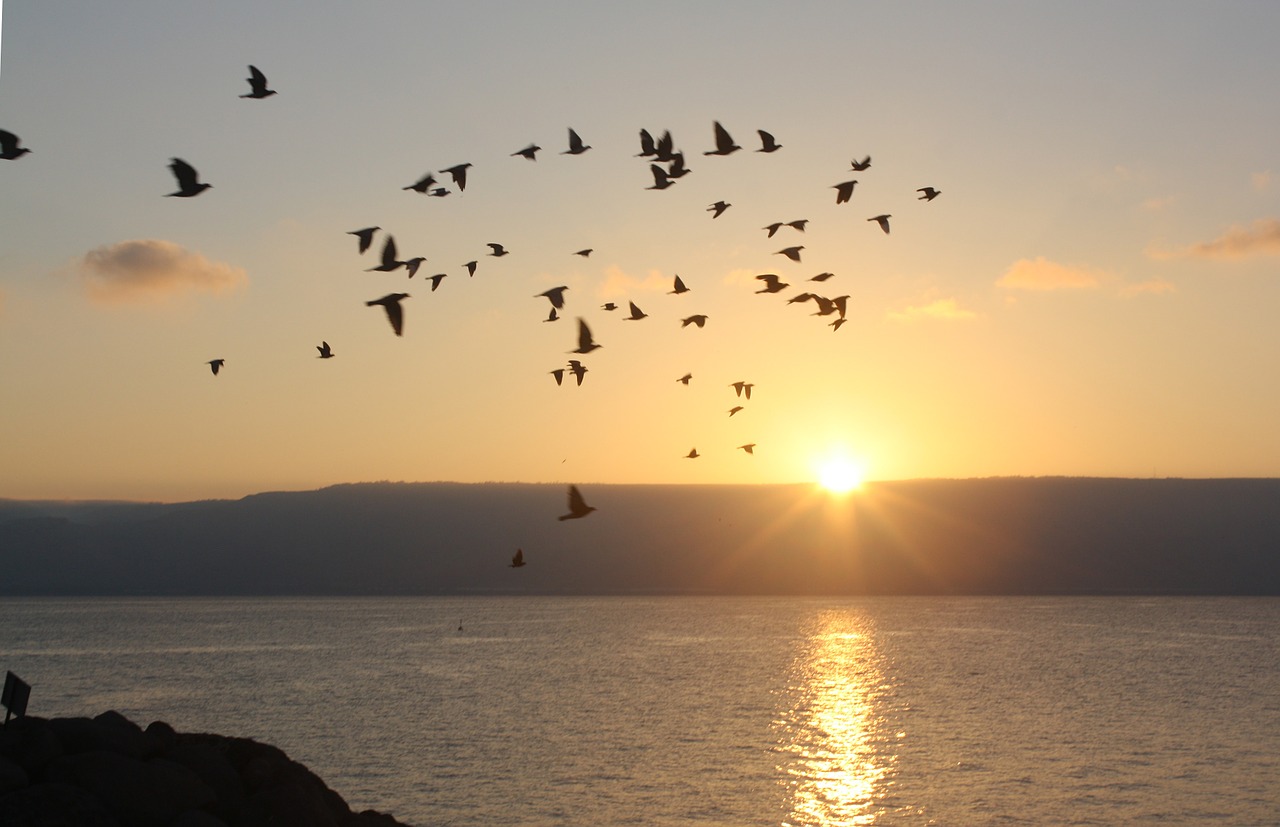Afterwards, Your children came into Your dwelling place, cleansed Your Temple, purified Your Mikdash, and lit candles in Your holy Courtyards. And they established these eight days of Chanukah, to acknowledge and thank Your great Name. (“Al Ha-Nisim” prayer)
The mitzvah of lighting the Chanukah candles was given in commemoration of the miracle of the oil which burned eight days, though there was enough for only one. If so, asks R’ Yosef Karo (the “Beis Yosef”), why is there a mitzvah to light the Chanukah candles for eight days? The actual miracle only lasted seven days, which would seemingly call for a mitzvah of equal duration.
The Chasam Sofer (Derashos Vol 1, pg 67) answers this famous problem as follows: When the Jews overcame the Greeks, they entered the Holy Temple, and found, to their dismay, that it had been overturned and defaced. Furthermore, it was full of idols and graven-images. To light the Menorah inside the Temple was an impossibility. Rather, we can deduce, they removed the Menorah from the Temple, and lit its candles outside, in the Temple courtyard (See Chasam Sofer ibid. for proof that such a lighting is indeed permissible.) [Incidentally, this caused the miracle of Chanukah to receive much greater public recognition than it would have had the Menorah been lit in the Temple sanctuary, where only the Kohanim would have been privy to the miracle.]
The amount of oil required to keep the flame of a candle burning outside, where it is subject to the wind, is greater than the amount needed inside. When the oil for the Menorah lighting had originally been measured and placed into special bottles, it was done so under the assumption that the candles would be lit inside the Temple sanctuary, where its flames would not be subject to the wind. Thus, even the first night was a miracle, because the oil should not even have been sufficient even for that night alone!
This, explains the Chasam Sofer, is the meaning of the above section of the “Al Ha-Nisim” prayer: And they lit candles in Your holy Courtyards – note that the prayer specifies that the Chanukah lights were lit in the “courtyards”, i.e. the outer courtyard, and not in the Mikdash/Temple sanctuary. And they established these eight days of Chanukah – it is for this reason that the mitzvah of Chanukah therefore extended for a full eight days.
In a broader sense, the miracle of Chanukah was much more than the over-extended burning of a bottle of oil; it was the victory of the Hasmoneans over the Greeks, of the Torah over secularism. The Greeks were in essence a liberal, open-minded society, not a barbaric nation given to mass-executions and bloodbaths. Their desire was to “enrich” Jews with their “enlightened” way of life; with their arts, culture and philosophy.
The challenge for us as Jews was to realize that secular society and culture have nothing to offer us. They do not enhance and enlighten the Torah – they cast it into darkness. Indeed, the Midrash (Yalkut Shimoni, Bereishis 4) compares Greek culture to darkness [“‘And darkness…’ – this refers to Greece”]. The Torah is the supreme light- source of the universe: it is the Torah which, when studied and utilized appropriately, enlightens the world with its wisdom, not the converse.
Perhaps this is why, as a result of the Jewish triumph over the Greeks, the Menorah was removed from its set position in the Beis HaMikdash sanctuary and was lit “in the courtyards.” Not only is the Torah’s illumination self-sufficient and completely non-dependent on the “light” and “wisdom” of secular society. To the contrary: the Torah’s light need not be limited to the Holy of Holies; it illuminates even “the courtyards” outside the confines of the Sanctuary. Perhaps, too, this is why during Chanukah we find the concept of Pirsumei Nissa – of placing the Menorah in a prominent location and allowing its light to illuminate even outside the sheltered confines of the Jewish home.
It seems therefore somewhat ironic that Chanukah, which should be dedicated to celebrating the victory of the purest form of Torah over the contaminating influences of culture and society, seems to have become the aspect of Judaism that, perhaps more than any other, has become intermingled and blended with secular culture. But therein lies the test.
It is told that the Alter of Novardok once said, “Do you know why the Master of the Universe created trains? He did so in order to bring students to the Novardoker Yeshiva!”
“But Rebbe,” ask one student, “if so, why does the train run in both directions?”
“That,” said the Alter, “is the test.”
It should hardly surprise us that many have adapted a form of Chanukah which is the complete antithesis of what Chanukah was meant to be. Where there is light, there is darkness which tries to conceal the light. Perhaps, as we approach the last day of the “Festival of Lights,” it is appropriate for a moment to put aside the parties, the donuts, and the presents, and take a moment to contemplate the true essence of Chanukah; the Torah in its purest form, undiluted, unmixed and flawless.
Text Copyright © 1999 Rabbi Eliyahu Hoffmann and Project Genesis, Inc.


